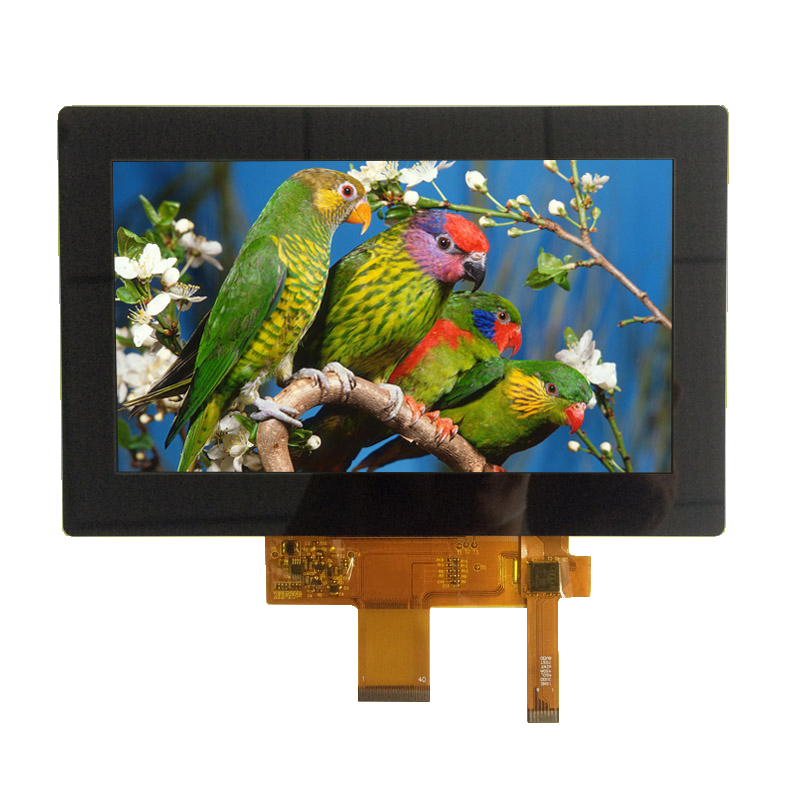Color LCD Displays Technology Overview

At the current time there are three types of color LCD display technologies.
The most common type of color LCD display is the TFT.
TFTs (thin-film transistor) have been around for several years and control a large percentage of the color LCD display market. As of this writing they are the most common color LCD display. Although this type of display is older than many of the new kids on the block, it is by no means a legacy LCD module. Don’t plan on seeing TFT’s going the way of pagers or typewriters any time soon.
Examples of products that currently use TFT’s include
- Tablets
- Some cell phones
- Older computer monitors
- Test and measurement equipment

Some Advantages of TFT Color LCD displays
- Larger sizes are available in TFT than in newer color LCD displays such as OLED’s and FSC’s (Field Sequential Color)
- At the current time TFT’s displays range in size from .9” up to, and exceeding 19.2”. These displays will continue to increase in size as manufacturing process improves.
- Longer half-life then that of OLED’s.
- Half-life is the time it takes for a LCD display to be half as bright as when it was first turned on.
- TFT’s are a good choice if you have a product that will need to be on for long periods of time or if you need your product to be in the field for several years.
- A greater selection of standardized sizes
- TFT’s have been around for several years and they come in standard sizes. Advantages of this include:
- Multiple sources for the same display. This is critical as many OEM’s now require second sources on key components.
- Software and Graphic libraries are in place for many off-the-shelf displays.
- The more popular a size the lower the
- MOQ
- Lead time
- Cost, in fact it is possible to purchase some larger displays for less cost than a smaller display. This is due to the larger display being manufactured at ultra-high volumes such as monitors, tablets etc.
- TFT’s have been around for several years and they come in standard sizes. Advantages of this include:
Disadvantages of using TFT Color LCD Displays
- Operating temperature
- The operating temperature range is less than that of OLED’s. TFTs perform poorly below -20ºC (-4ºF) and above +70ºC (158ºF). This is not as critical for indoor applications, but if your product is coming anywhere near the North Pole or Kilimanjaro, Tanzania
- Response time
- The standard response time of a TFT is around 15 milliseconds. This may sound like a very short time and is a good refresh rate for watching video, but this is much longer than OLED’s that operate at an estimated .01mS.
- Examples of a millisecond are:
- The human eye blinks every 300 to 400 milliseconds.
- There are 86,400,000 milliseconds in one day.
- Thickness
- TFT’s are thicker than OLED’s. This can be a hindrance in some products that demand slim-line displays.
Compare and contrast: the three types of Color LCD Displays to narrow down your choices.